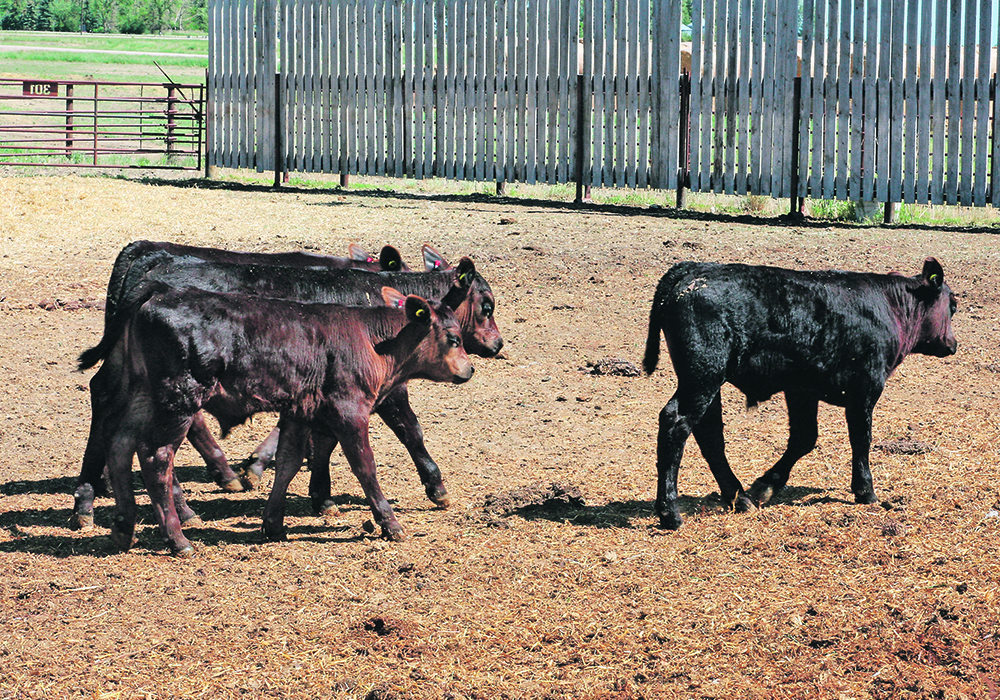While a recent study found that calf comfort improves with use of pain control, it didn’t help increase their daily gain
A recent study found that young calves show more pain responses when not treated with pain control at castration.
However, the study also showed that there was no impact on average daily gain by mitigating the pain at castration.
There is no requirement in the Canadian Beef Code of Practice for pain control for castration for calves younger than six months, but surveys of cow-calf producers showed that 53 per cent of Ontario producers castrate shortly after birth, and 95 per cent of western Canadian producers castrate before three months of age.
Read Also

House ag committee to undertake several studies
The House of Commons standing agriculture committee has set its agenda for the coming months. Members began the fall sitting with a two-hour update on international trade
“A large percentage of the calves in Canada are castrated early in life with very poor requirements for these calves to have any pain control,” says Mariah Crevier, who completed the research while working on her master’s degree at the University of Guelph.
Crevier looked at the behavioural and physiological effects of calves within 40 hours of birth and after they had been castrated, using different pain moderation treatments.
Bull calves on most North American beef farms are castrated to reduce aggression and unwanted breeding and to improve meat quality.
She worked with 85 calves at the university’s new Ontario Beef Research Centre near Elora. They were assigned to one of five research groups. The calves were castrated using elastration, other than the group that was left intact.
Treatments included:
Two oral doses of meloxicam.
One oral dose of meloxicam.
One injectable dose of meloxicam.
A control group with no injection.
A sham group with no castration or treatment.
The researchers looked at standing time, lying time and other parameters using Honest Observer by Onset Data loggers, more commonly known as Hobos.
The calves were weighed weekly until eight weeks of age and then were weighed monthly until weaning.
The control group of calves castrated without pain control showed the highest amount of behaviours associated with pain. For example, they had two times the rate of tail flicks compared to the meloxicam-treated calves.
Castrated calves without pain control also had greater standing time than all of the other groups.
The control group showed the highest rate of gain, but Crevier attributes that to the fact that based on the groups of calves available, the control group was the youngest in the trial.
However, the bottom line was that the pain-controlled groups didn’t show a higher rate of daily gain.
Crevier said a challenge for farms when administering pain control is that the calves have to be caught to have the pain control administered. Oral meloxicam is easier to administer than using a needle, which is why she says it is preferred.
“As we know, castration is painful and this research showed that meloxicam can alleviate this pain,” said Crevier.
The research was funded by the Ontario agriculture department and Beef Farmers of Ontario.


















